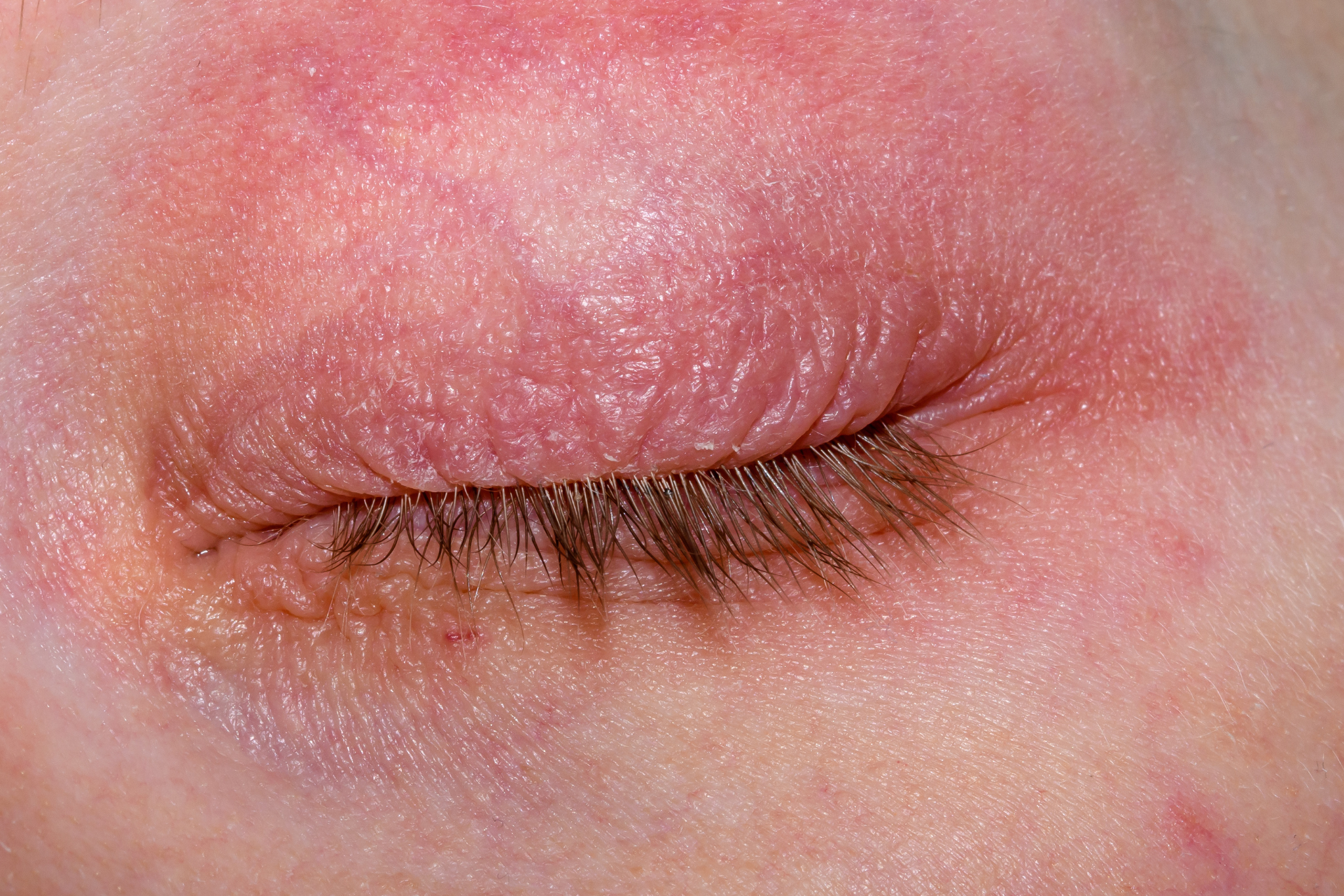Understanding the Different Types of Dermatitis

Dermatitis, often referred to as eczema, is a common skin condition that affects millions of people worldwide. While dermatitis is a broad term used to describe inflammation of the skin, there are several distinct types, each with its own causes, symptoms, and treatments. At Fall Creek Skin and Health Clinic, we understand the importance of recognizing and addressing the various forms of dermatitis to provide the best care possible for our patients.
1. Atopic Dermatitis:
One of the most common forms of dermatitis is atopic dermatitis, also known as eczema. It is a chronic condition characterized by red, itchy patches on the skin that often appears in childhood and can persist into adulthood. Atopic dermatitis is closely linked to allergic reactions and may be triggered by irritants, allergens, or genetic factors. Treatment usually involves a combination of moisturizing creams, anti-inflammatory medications, and lifestyle changes to manage symptoms and prevent flare-ups.
2. Contact Dermatitis:
Contact dermatitis occurs when the skin comes into contact with an irritant or allergen, leading to inflammation and a rash at the site of contact. Common irritants include soaps, detergents, cosmetics, and certain metals, while allergens can range from plants like poison ivy to metals like nickel. Avoiding the trigger, using topical corticosteroids, and practicing good skin hygiene are essential in managing contact dermatitis.
3. Seborrheic Dermatitis:
Seborrheic dermatitis is a chronic condition that primarily affects the scalp, face, and other oily areas of the body. It is characterized by red, scaly patches and is often associated with conditions like dandruff and cradle cap in infants. While the exact cause of seborrheic dermatitis is unknown, factors such as genetics, hormonal changes, and certain fungal infections may play a role. Treatment typically involves medicated shampoos, topical antifungal agents, and lifestyle modifications to control symptoms.
4. Nummular Dermatitis:
Nummular dermatitis, also known as discoid eczema, is a type of dermatitis characterized by coin-shaped patches of red, itchy skin that can be triggered by dryness, irritants, or allergies. This form of dermatitis may occur in individuals with a history of atopic dermatitis or those living in dry climates. Treatment may include emollients, topical corticosteroids, and antihistamines to alleviate symptoms and restore skin health.
5. Perioral Dermatitis:
Perioral dermatitis is a facial rash that typically affects the skin around the mouth, nose, and eyes. This condition is more common in women and may be exacerbated by the use of topical steroids, harsh skincare products, or hormonal factors. Avoiding potential triggers, gentle cleansing, and prescribed antibiotics or topical medications can help manage perioral dermatitis and prevent recurrence.
In conclusion, understanding the different types of dermatitis is crucial in providing effective care and treatment for individuals experiencing skin inflammation and discomfort. At Fall Creek Skin and Health Clinic, our team of experienced dermatologists and healthcare professionals are dedicated to diagnosing, treating, and educating patients about dermatitis and other skin-related conditions. If you or a loved one are struggling with dermatitis symptoms, don't hesitate to schedule an appointment with us for personalized care and support.
Remember, proper diagnosis and treatment are key to managing dermatitis effectively and improving your skin health and overall well-being. Stay informed, stay proactive, and don't let dermatitis hold you back from enjoying healthy and beautiful skin. Your skin deserves the best care, and we are here to help you achieve it.
Visit Fall Creek Skin and Health Clinic for comprehensive skin and health care services at an affordable cost. Your skin's health and happiness are our top priorities.
Informed Patients. Healthy Skin. Happy Lives.



Need Our Services?
Book a free consultation

Our promise is to offer high-quality medical attention at a fair price in a clean, friendly, and professional environment.
QUICK LINKS
BUSINESS HOURS
- Mon - Thu
- -
- Friday
- -
- Saturday
- Appointment Only
- Sunday
- Closed
All Rights Reserved | Fall Creek Skin and Health Clinic |
